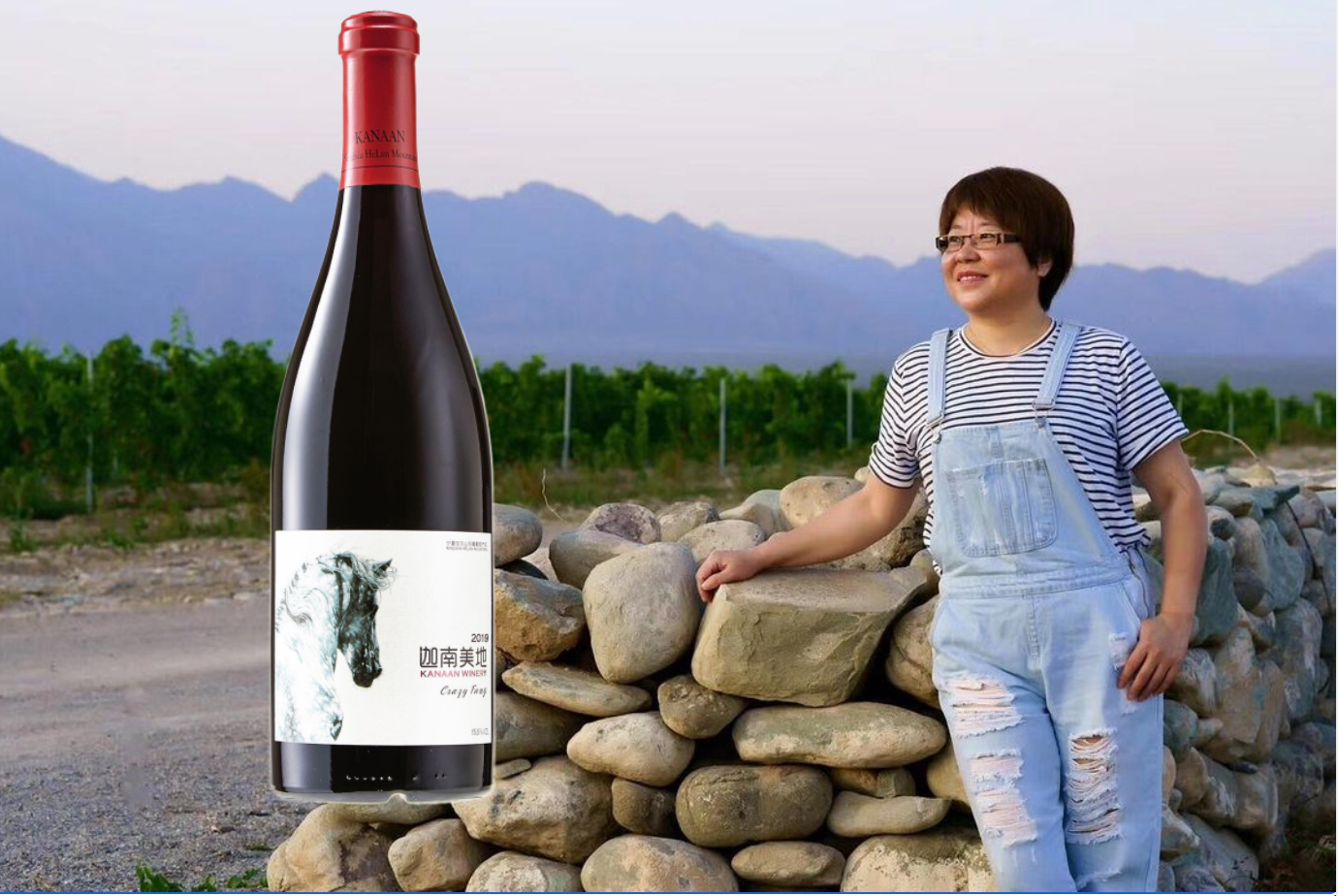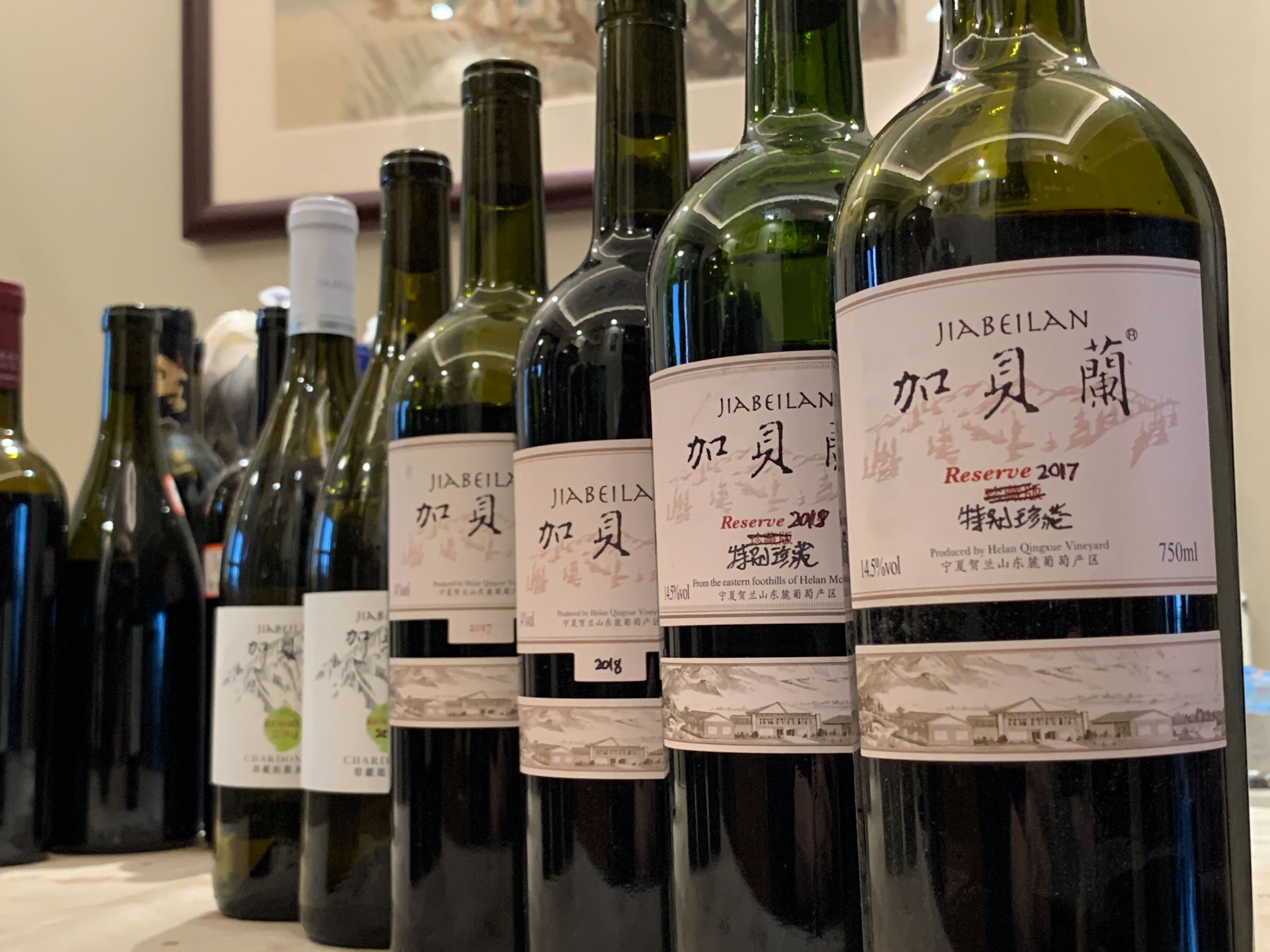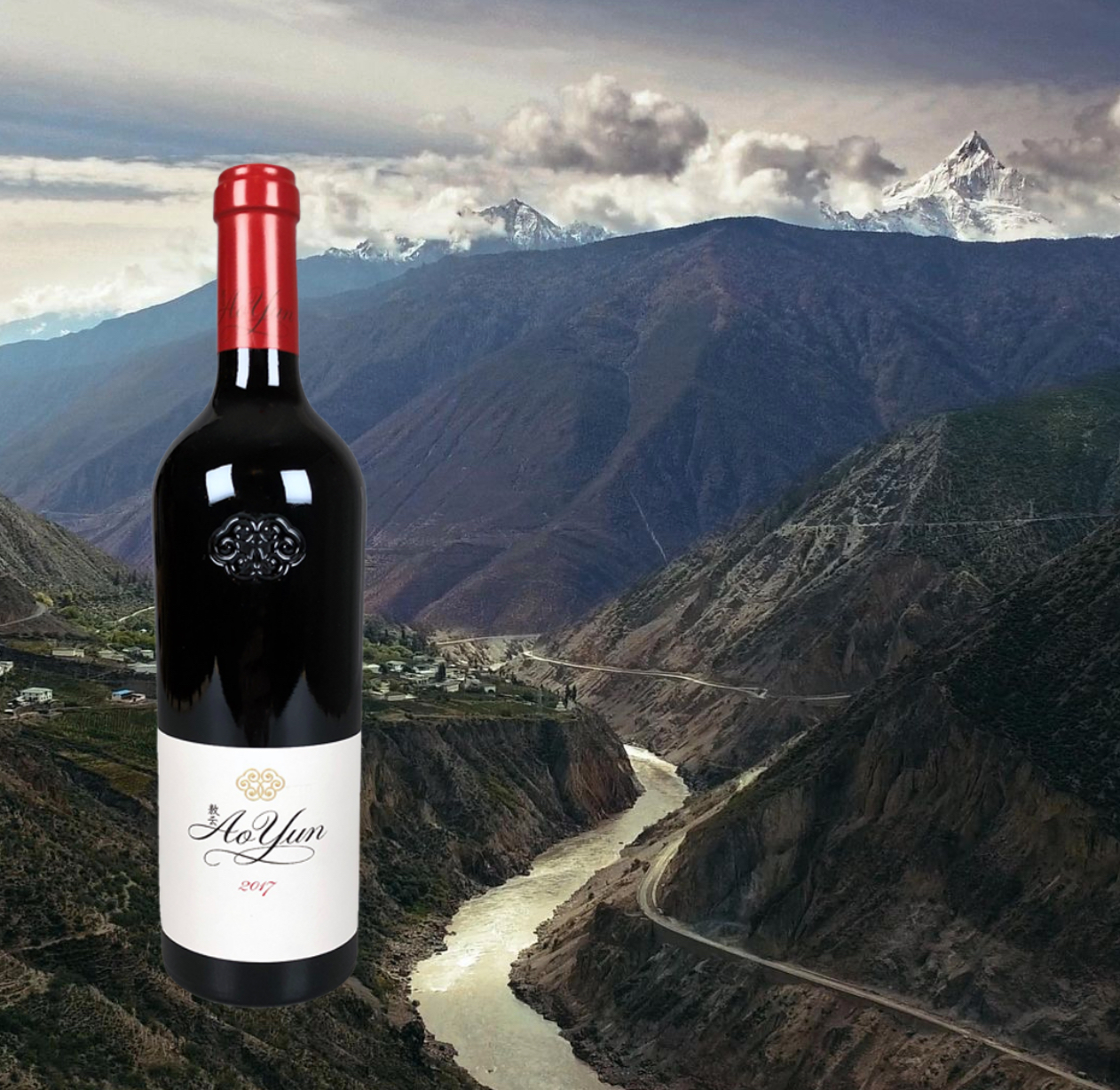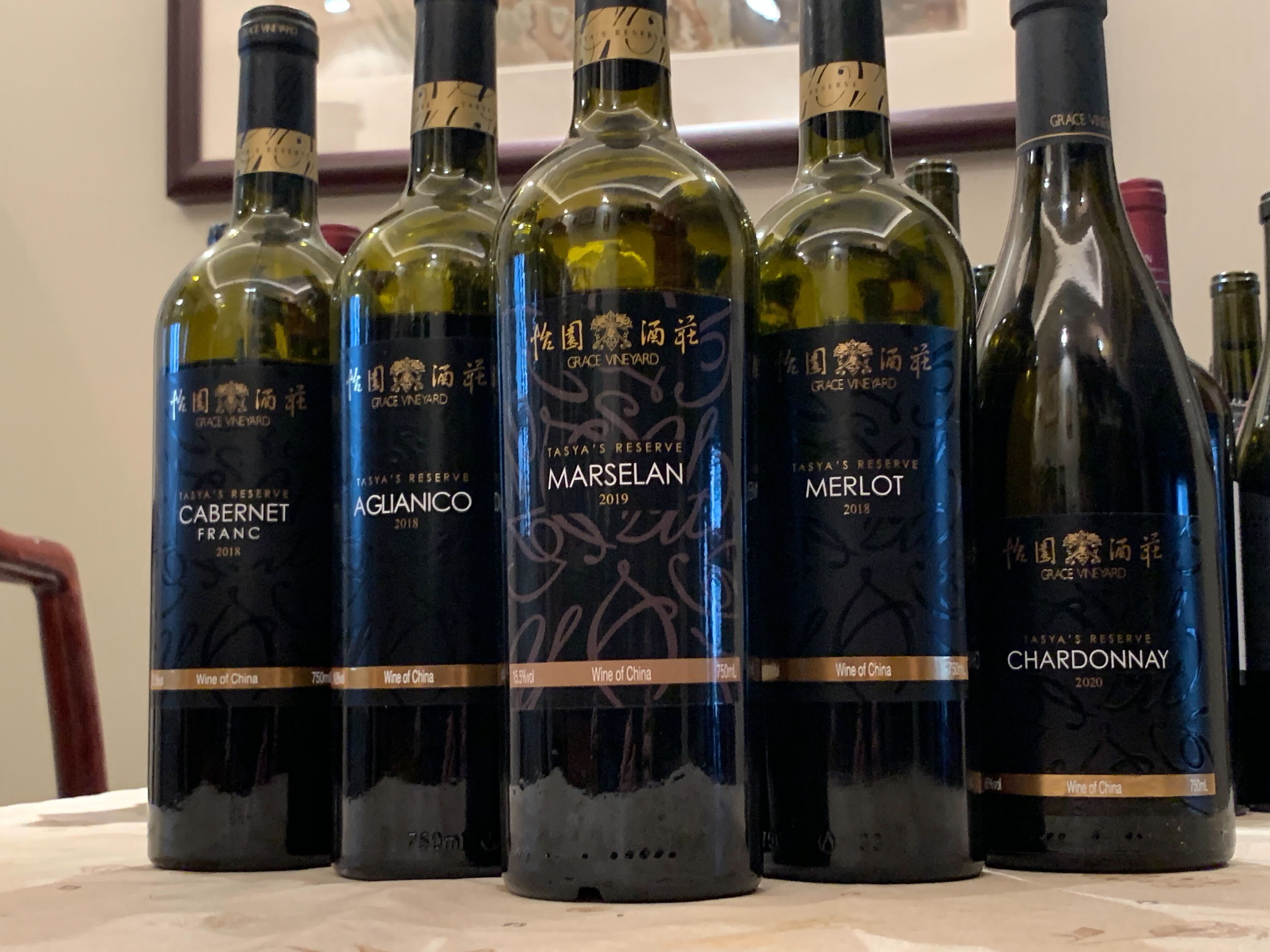Top 100 Wines of China 2021

In a country where consumers have long craved imported wines and where the domestic winemaking industry is mostly known for bulk production, high-quality Chinese wines have been a well-kept secret. But there has lately been a sea change in China, with more winemakers unmooring themselves from the mass market that has defined them and committing themselves to delivering outstanding bottles, with some clearly on the road to greatness.
This is our first year ranking the Top 100 wines from China, and we hope this list sends out the signal that the pursuit of quality wine is here to stay. We will also try to hammer home that point with our guide to Chinese wine, which comes out in early Spring.
The most coveted terroirs in the country’s main winemaking regions, such as the cool, rugged and elevated vineyards in the northern reaches of Yunnan province, certainly have an edge in producing the finest and the most artisanal wines in the country. But it’s the people behind the bottles who are the real heroes in driving up quality, accurately translating the terroirs into something special in the bottle.
Having tasted nearly 300 wines from China over the last 12 months, we decided to give the top laurels to Kanaan Winery Ningxia Crazy Fang 迦南美地魔方红葡萄酒 2019. It is consistently one of the best cabernet sauvignons from Ningxia, showing depth, complexity and refined concentration, and charged by seamlessly knit tannins with glossy yet fine-tuned oak. It also epitomizes how the most committed winemakers in Ningxia – which is in the country’s north central region, bordering Inner Mongolia – are making a difference with cabernet sauvignon in a vintage that comes with plenty of ripeness and concentration.
Wang Fang, the second-generation owner of Kanaan Winery, said that “healthy fruit” and “concentration” were the terms that best defined the 2019 vintage, which had sufficient rain in June to set the stage for veraison and a warm summer, with little precipitation in July and August. It was generally considered a warm and slightly drier vintage for Ningxia.

“We only had a late frost in the early spring. which cut off the yield and gave loosely packed clusters,” Wang said. Her winemaker and consultant, Zhou Shuzhen, who works with six wineries in Ningxia, told me that almost all the grapes fared well in 2019.
The flagship wine “Crazy Fang” is a barrel selection that came from two of Kanaan’s contract vineyards, both comprised of high clay content and gravel, according to Wang. Only about 4,000 bottles were made.
From a tasting point of view, it is one of the best and most consistent vintages from Ningxia, out of the 19 wines from the 2019 vintage we tried that scored 92 of more points. The only problem is the high alcohol, which is quite common in Ningxia these days. For some producers, there are also issues with overripe fruit, with some wines tasting a little too sweet, if not sugary. “If the residual sugar is around four grams per liter, that sweetness might come from the ripeness, high glycerol content and alcohol, which give a sweet taste, ” Zhou said.
Interestingly, the law in China permits wines to be labelled as “dry” at a maximum level of nine grams per liter of residual sugar if the difference between total acid and residual sugar is within two grams per liter. For regions like Ningxia and Xinjiang, acidification is very common, along with the higher alcohol content and glycerol. This explains why I often repeat the “sweet-and-sour” refrain in my tasting notes. In most cases, it is not a plus to the quality of the wine.
READ MORE: OUR TOP 100 WINES OF 2021

THE PURPLE DREAM OF NINGXIA
Ningxia provides an arena for some of China’s leading producers and dynamic winemakers to tease out the “purple dreams” of their imaginations in making some of the country’s best cabernet sauvignons.
Kanaan’s neighbor, the boutique winery Helan Qingxue, knows how to zero in on classic structure and restraint, in contrast to Kanaan’s concentrated, broader and more muscular style. It delivered a wine that impressed us with a bit more class and refinement than most Ningxia cabernets with its flagship barrel selection Helan Qingxue Vineyard Ningxia Jiabeilan Grand Reserve 贺兰晴雪加贝兰特别珍藏 2017, which came in at No. 10 on our Top 100 list.
Helan Qingxue’s winemaker and co-owner, Zhang Jing, told me that she had come to the realization of how important this human aspect is in Ningxia. “After all, it is the winemaker who is the interpreter of the terroir,” Zhang said, adding that winemakers need to continuously broaden their horizons and stay attuned to what’s happening in the rest of the world to make more compelling wines. “In other words, winemakers need to travel more, see more and taste more,” she said.
Luckily in Ningxia, young, well-traveled winemakers are the driving force behind the many quality wines being produced there. Under-the-radar, independent winemakers like Deng Zhongxiang and Jiang Tao, as well as Liu Jianjun of Lingering Clouds, Zhang Xuan of Chateau Witch and Zheng Xin of Myst Vineyard, have contributed staggering wines to this list.

Deng, a Burgundy-trained winemaker who consults for several Ningxia producers, helped make our No. 6 wine, the Lansai Cabernet Sauvignon Ningxia Yu Jasmine 蓝赛酒庄余茉莉赤霞珠干红葡萄酒 2017; our No. 7 wine, Chateau Rong Yuan Mei Cabernet Gernischt Ningxia Hong Fang Yin 容园美酒庄红方印蛇龙珠 2018; and quite a few wines from Domaine Charme, one of the most exciting new wineries in Ningxia.
Through his own brand made in Ningxia’s United Winery, he makes a unique and more demanding syrah. United Winery Syrah Ningxia Beyond Time Monopole 联合农科时光机单一园西拉 2020 (No. 80) is dense, concentrated, and powerful, highlighted by its high acidity in a more austere style. This is uncommon in Ningxia, where the mainstream still focuses on hedonistic richness with plush oak, sleek tannins and a certain level of fruit generosity.
Another well-known winemaker in Ningxia is Ma Jie, who is a great example of how the dynamics of Chinese winemaking work. Ma sources grapes in both Ningxia and Yunnan province, where they make wines in “virtual wineries,” fermenting them in someone else’s tanks. His winemaker brand, Petit Mont, makes wines that carry the names of either Ningxia or Yunnan.

“The idea is that the winemaker is the terroir hunter, and the winery becomes mobile,” Ma said in explaining his methodology. He also admitted that his initial thought was to try out different terroirs rather than settling on just one location.
Petit Mont Shangri-La Baima Snow Mountain 寸山叶日村赤霞珠干红 2019 (No. 38) illustrates Ma’s vision with the depth, power, and natural concentration that one could only expect from the top-quality cabernet sauvignon from northern Yunnan. And the wine they make with the Petit Mont label in Ningxia, the rare Dunkelfelder Ningxia Helan Mountain 寸山紫大夫干红葡萄酒 2020 (No. 11) is one of the freshest and most vibrant wines I have tasted this year from the region, showcasing the bright side of Ningxia’s possibilities.
While most Ningxia winemakers with dunkelfelder planted in their vineyards use it as a blending component to add color and acidity, Ma has taken the less-traveled road to make a varietal wine. Saturated in a purple hue with fresh blue fruit and floral perfumes, it’s a mouth-watering red – a unique and unworldly expression of the grape – not ambitious, but just right. And what is even better is that it is also one of the best values on the list, retailing at less than 200 renminbi, or about $30.
Like Petit Mont, Myst Vineyard is another boutique operation that takes new-world winemaking to heart. The Myst Vineyard Ningxia MCM Plus 谜之庄园苍穹混酿干红 2019 (No. 12), a blend of cabernet sauvignon with a small amount of merlot and marselan, is an impressive success. It comes from a special parcel of vineyard, where the grapes are harvested late without the problem of having overripe fruit. In this way, the grapes can mature slowly and maintain balance, despite a final product that has 16 percent alcohol.
READ MORE POISED AND ELEGANT CHINESE WINES? HUAILAI COULD HOLD KEY TO UNLOCKING GREATNESS

THE TALE OF TERROIR
For producers in the southwest of China, it is the terroir that takes center stage in producing some of the country’s top wines. Our No. 2 bottle, the cabernet sauvignon-based Ao Yun Shangri-La 敖云云南香格里拉2017, which is also one of the costliest wines in the country, is a unique blend born of high-elevation vineyards on the riverbanks of the Mekong River in the northwest stretches of Yunnan province.
Maxence Dulou, the winemaker and estate director of Ao Yun, said “there are 20-30 terroirs with different soils and orientations” for each of the 300-plus plots of vineyards (across 28 hectares and four villages) that went into the making of the Ao Yun Shangri-La. He described 2017 as a cool, challenging vintage with more rain than usual in the summer and a late harvest. The harvesting window for cabernet sauvignon alone spread across two months, from Sept. 19 to Nov. 22.
Because of the cooler growing season and mountain shade, it was a year where the Ao Yun team had to remove more leaves in the vineyards to give the grapes greater exposure to sunlight. They also let more weeds grow on the ground to absorb the excessive humidity. All the efforts paid off with a wine that takes a step up from the previous vintage with concentration and depth, seductive ripeness and zingy freshness.
Dulou said Ao Yun would release some single-village wines next year, which will be more terroir-specific and more Burgundy-like. “It’s like a Burgundy premier cru, and for us, cru is an expression of unique identity,” he said.
Also coming from the high-altitude vineyards of northern Yunnan is our No. 3 pick, the Xiao Ling Cizhong Shangri-La 霄岭 2018. This wine shows how soft-handed, artisanal winemaking can transmit drinkability and transparency into a cabernet-merlot blend. It’s fermented in clay jars of 240 to 400 liters with gentle extraction, then aged in partially new French barrels, rendering a distinctively cerebral expression that comes with a vibrant style and a pinot sensibility, brimming with juicy, stemmy sour-cherry fruit.
If you scroll down this list, you’ll find out that marselans are faring well in China today – there are 13 varietal marselans in our Top 100! But it might not be a grape that pleases everyone. Winemakers like it because it is relatively easy to grow and thrives in most wine regions in China, giving different expressions according to the specific terroir. But those more skeptical about its exotic perfumes and ability to age might have a different take on its appeal.
“For Ningxia, in my opinion, I don’t think there is one single variety that is king, although everyone talks about marselan,” said Deng, the Ningxia winemaker. “Marselan often can be quite flashy on the nose with lots of flowers and black fruit, and the color of it in Ningxia can be very intrusive to a blend, too,” which explains why some wineries in Ningxia or Xinjiang use marselan only as an enhancer – for added color, exotic perfumes and flesh.
My experience is that the violet, peppery character of marselan, with red and blue fruit, some lychee and delicate spices, shine through in cooler climates and vintages or when it’s picked early. When framed in the context of a warmer climate or picked late, the wine gets richer and more brooding, with darker fruit, iodine, dried lychee and tar.

One of marselan’s more elegant and unassuming references in China comes from a cooler vintage, and it’s highlighted by perfumes and a tangy lift of peppery, floral notes and lychee: the Domaine Franco Chinois Marselan Huailai Reserve 中法庄园珍藏马瑟兰 2015, our No. 15 wine. Domaine Franco Chinois is also known for its luscious, late-harvest petit manseng, and our No. 4 Chinese wine, the Domaine Franco Chinois Petit Manseng Huailai 中法庄园小芒森甜白葡萄酒 2015, is probably the best rendition of this sweet wine that we’ve tasted over the last few years, with an extra layer of complexity, vibrancy and brightness.
The only problem with the Ningxia marselans seems to be their high alcohol content, with some reaching a dangerous level of 16 percent. That said, the best marselans are still well balanced by new-world richness and fine concentration.
Jade Vineyard delivers an excellent rendition of pure, unoaked marselan in its Jade Vineyard Marselan Ningxia 嘉地酒园马瑟兰 2019 (No. 45). But most producers adhere to a certain amount of new barrels to match marselan’s richness and the exotic perfumes. Chateau Huahao Marselan Ningxia Master Reserve Collection 华昊马瑟兰庄主珍藏干红 2018 (No. 17), Domaine Pu Shang Marselan Ningxia 蒲尚酒庄马瑟兰干红 2019 (No. 24) and Domaine Charme Marselan Ningxia 夏木庄园马瑟兰干红葡萄酒 2019 (No. 40) are among the top marselans we found this year from Ningxia.
READ MORE ‘CANAAN’ IN CHINA: HEBEI PROVINCE’S PROMISING WINE LAND

REGIONAL VARIETY
Regions like Xinjiang and Shanxi also delivered stunning marselans, such as Tiansai Skyline of Gobi Marselan Yanqi Grand Reserve 天塞酒庄特别珍藏马瑟兰 2017 (No. 41) and Grace Vineyard Marselan Shanxi Tasya’s Reserve 怡园酒庄德熙珍藏马瑟兰干红葡萄酒 2019 (No. 16). As the leading producers in their respective regions, Tiansai and Grace Vineyard are known for making wines that combine the merits of value and consistency.
Grace Vineyard is one of the first boutique wineries in the country. It was established in 1997 and is now taking a step up by making wines in Ningxia, too, as well as a few cross-region blends. Their Tasya’s Reserve lineup delivers some of the most exciting and variety-expressive wines that represent excellent value from both Shanxi and Ningxia. “The blend of Ningxia’s richness and fullness with Shanxi’s elegance and freshness can be exciting, ” Yean Lee, the chief winemaker of Grace Vineyard, said in an email.
From Shandong, leading producers such as Long Dai and Chateau Nine Peaks delivered wines that make us believe there is greatness in the east of China, too. DBR Lafite’s Long Dai Qiushan 瓏岱丘山 2019 (No. 5) is a blend of 85 percent cabernet sauvignon, 9 percent cabernet franc and 6 percent marselan in a broad-shouldered tannin package with a slightly lower delivery of acidity, but it shows refinement with class and pedigree.
“2019 was a warm vintage and we had a hot summer. It was one of the warmest seasons we had over the last 50 years,” said Long Dai technical director Denise Cosentino, who told me that it was important to seek finesse, elegance and balance in a hot and dry year like 2019.
“2017 was cooler, 2019 was warmer and 2018 was like in between,” said Cosentino, who lowered the marselan in the blend for the “Grand Vin” of the vintage and left more of it for the second wine, “Hu Yue” – a fruitier, more drinkable delivery.
“Although coming from a different climate, 2019 seems to have the austerity of the 2017 at the beginning,” she added.

Several white wines also made our Top 100 list this year, mostly chardonnays. A few producers stood out, including Canaan Winery (Chapter and Verse Chardonnay Huailai Reserve 诗百篇珍藏霞多丽 2020, No. 27) from Hebei, Tiansai (Tiansai Skyline of Gobi Chardonnay Yanqi Reserve 天塞酒庄珍藏霞多丽 2020, No. 48) from Xinjiang, Chateau Nine Peaks (Chateau Nine Peaks Chardonnay Tsingtao Qi 九顶庄园氣霞多丽干白葡萄酒 2019, No. 25) and Longting Vineyard (Longting Vineyard Chardonnay Penglai Art Series 龙亭酒庄海风莱 2019, No. 50) from Shandong.
We have ranked this list of Top 100 Wines from China after weighing in on quality, the “wow” factor, value, availability and consistency, and no more than three wines were selected from each producer.
By and large, wine in China is still considered a niche drink that for the consumer reflects Western lifestyles and tastes, and wine prices often rocket into “luxury” territory based on market expectations and winery owners’ ambitions for their products. This is why we give more consideration to “wow factor” and “value” in coming up with our Top 100 list and downplay the wine’s actual price.
“Don’t forget that most wineries in China are less than 15 years old, and the market expects that wine per se should be costly, or else people might ask you if your wine is adulterated,” said Zhao Wenyang, an outspoken viticulturist in Ningxia. In this early phase, many wineries are selling lifting the price in the hope to recover their investment and most importantly, meeting such an expectation from a market that is yet to become mature.
But we believe that the best and most reasonably priced Chinese wines are here to stay, and producers will awake to the realities when the market finally “ripens,” just like the grapes.
For now, we hope you enjoy exploring the list and staying attuned to China’s ever-evolving winemaking scene.
– Zekun Shuai, Associate Editor
The list of wines below is comprised of bottles tasted and rated in 2021 by the tasters at JamesSuckling.com. You can sort the wines below by vintage, score and alphabetically by winery name. You can also search for specific wines in the search bar.